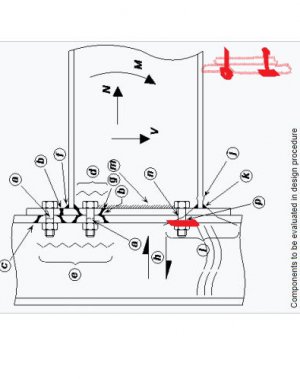- Joined
- Feb 27, 2015
- Messages
- 105
Yes, I have that listed above... The thing with asking about cutting off the flange is that I will have to cut pieces out of the mill mount if I don't.another suggestion is to make a thicker adapter plate , and make a 1"stub shaft extension for the motor
That is why I was asking only about what the drawbacks that could be present if I did. Adapting plates and all, yes, I get it.. Not trying to be a carmudgeon but I didn't want this thread to turn into a what I can do to make it work. I realize those ways to mount it.



